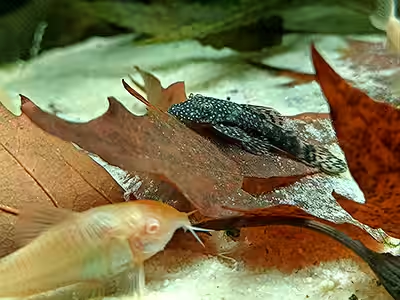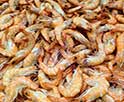.
Snake Meat Properties: Understanding Texture, Flavor, Risks, Facts and Methods
Everything You Need to Know About Snake Meat
Reading time : 1 minute,
Discovery Chepe Id-439-GAS
Published in
09-04-2024

Should you eat snake? Various scientific studies have indicated that snake meat, especially python, offers some nutritional advantages:
1- Rich in protein: Like other lean meats, snake meat is an excellent source of protein, essential for growth and tissue repair.
2-Low in fat: It contains low levels of fat, making it a healthier option for those looking to control their weight or reduce saturated fat intake.
3-Sustainability: Python farming is presented as a more sustainable alternative to the production of meat from other animals, as they require fewer resources and generate fewer greenhouse gas emissions.
Is it common to eat?
Although it is not a common practice in all cultures, the consumption of snake meat is common in some regions of Asia and Africa. In these places, it is considered a delicacy and is used in various culinary preparations.
Are there any risks?
As with any other food, it is important to consider some aspects before consuming snake meat:
a) Contamination: Snake meat can be contaminated with bacteria or parasites if not handled and cooked properly.
b) Allergies: Some people may be allergic to snake meat, just like other foods.
c) Regulations: In many countries, the hunting and consumption of certain snake species are regulated or prohibited to protect biodiversity. Check the regulations in your community and respect them.
d) Toxicity: Not all snakes are venomous, but some species may accumulate toxins in their tissues that can be harmful for human consumption
Snake Meat for Sustainable Living? Facts and Properties

(Foto DELICIOSOTV Youtube Channel)
What snakes are commonly consumed?
In some cultures where snake meat consumption is traditional, non-venomous and larger species are often consumed, such as:
1- Pythons: They are one of the most common species in the gastronomy of some Asian countries.
2- Boas: Like pythons, they are constrictors and their meat is considered a delicacy in certain regions.
However, it is important to reiterate that not all snakes are suitable for human consumption
The taste and texture of snake meat can vary depending on the species, cooking method, and preparation. However, there are some common descriptions that are often used to describe it:
1-Taste:
2-Nutty or gamey: Many describe the taste of snake meat as similar to game meat, with a nutty flavor.
3-Chicken-like: Others compare the taste to chicken, especially in smaller species.
4-Fishy: Some people describe it as a mix between chicken and fish, with a softer and less fibrous texture.
5-Texture:
6-Mealy: It is often described as a meat with a slightly mealy texture, similar to white fish.
7-Soft and pasty: When cooked well, it can be quite soft and pasty.
8-Tough and chewy: If not cooked properly, it can be tough and chewy.
It is important to note that these are general descriptions and that personal experience can vary greatly. As with any other food, taste and texture can be affected by factors such as the size of the snake, the part of the body used, and the cooking method.
In summary:
Snake meat offers some nutritional benefits and could be a more sustainable alternative to other meats. However, it is important to consume it safely and responsibly, following the recommendations of health authorities.
Most read...
See Also
Discovery Chepe














